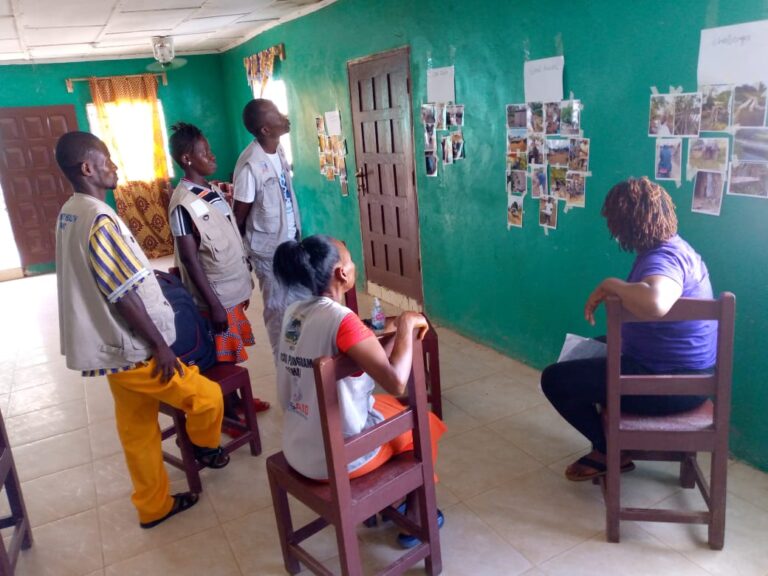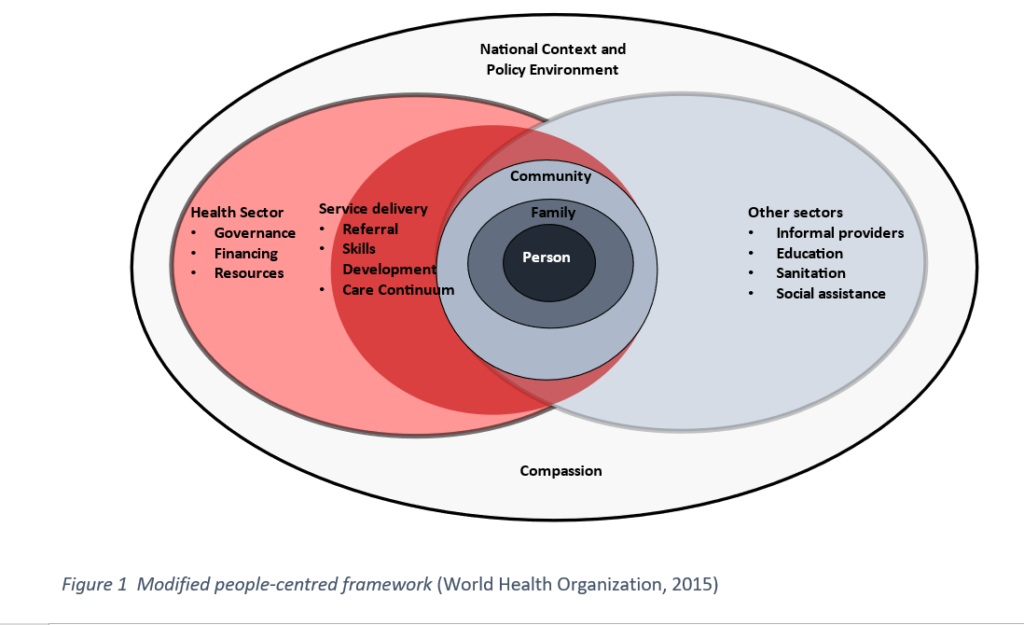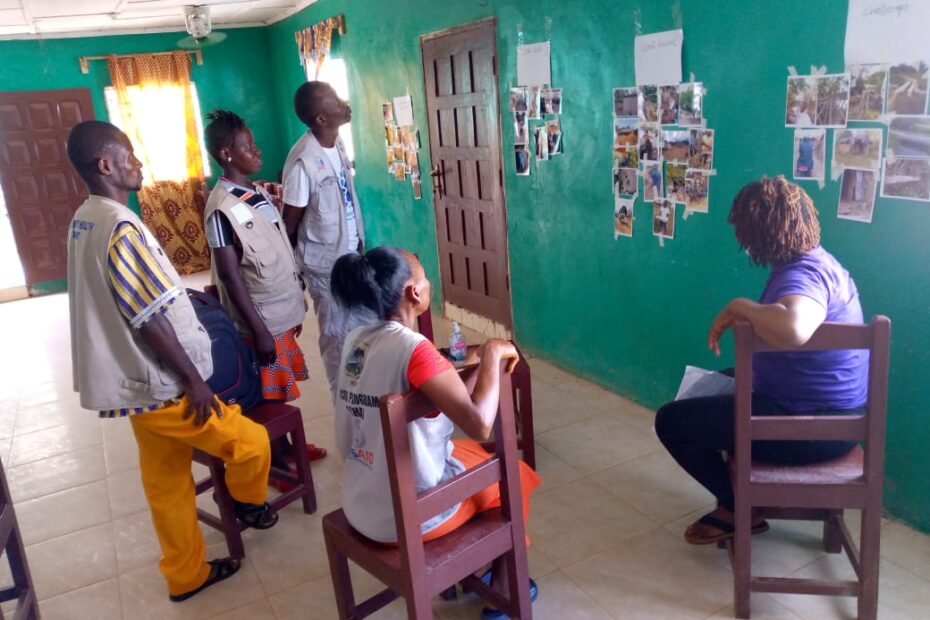A blog by Rozi McCollum and Tia Akpan
REDRESS is launching our new community engagement webpage, where you can stay up to date with our community engagement and involvement activities. This blog introduces the REDRESS approach to CEI and how it informs our work.
What is Community Engagement and Involvement (CEI)?
REDRESS defines CEI as “the meaningful, respectful, and fit-for-purpose involvement of a range of community members in one or more aspects of the research project.” REDRESS will engage communities (including marginalised groups) through:
- trust building and joint ownership,
- respecting how communities want to engage,
- facilitating co-production of knowledge
- promoting social justice and equity,
- community involvement during the identification of the study, defining its purpose and design, stages of implementation, interpretation, and use of results.

Why is CEI important to REDRESS?
REDRESS is a participatory action research project, which uses people-centered approaches, to work together with communities to take collective action and make positive change for people affected by severe stigmatizing skin diseases. The involvement of individuals from multiple communities including; affected persons, community and lay health workers, health systems policy and decision makers and the research community, in various aspects of the research is key to promoting shared learning and contributing to the uptake and application of the research findings.
Participatory action research and community engagement and inclusion have many shared values, all of which are central to REDRESS’s mission and vision as we strive toward social change. We particularly prioritise the inclusion of community voices which are often considered marginalized or disadvantaged to mainstream their experiences within our decision making processes.
REDRESS employs a ‘learning by doing’ approach regarding community engagement and inclusion, with the aim of empowering marginalised groups to have greater control over the decisions that most affect their lives (Nelson, 2019). ‘Learning by doing’ requires building reflexivity and flexibility into the design of project activities, therefore creating the necessary space in the timeframe of the project to step back and reflect together with community members about what is working, what isn’t, and how to address shared challenges.
Person-centeredness and CEI within the REDRESS programme

By adopting a people-centred approach, we can see how the person affected by a SSSD does not live in isolation (see figure 1). Instead, he/ she is part of a family and community who may play positive roles in supporting that person affected to seek and receive care, or the family and community may have a negative influence, contributing towards stigma and discrimination. The person affected may choose to seek care from an informal provider (other sectors), or from the formal health system (service delivery) and the quality of this care is influenced by the strength of the health system to diagnose and manage the patient in a timely way, with the quality also influenced by the skill and compassion of the health workers (health sector, service delivery). Additionally, the national, regional and global policy environment can play a role in influencing the extent of priority and funding for services for people affected by SSSDs.
How does this contribute to research within REDRESS?
The REDRESS team have been meeting with and learning from key communities right from the inception of the project. In fact, the REDRESS team includes representatives of these communities, with members of the Ministry of Health Department of NTDs, health workers and persons affected with SSSDs forming part of the core REDRESS team.
In addition, REDRESS has identified and is engaging with other key communities, including: health workers (across health systems levels); global and regional NTD actors and general populations in UK and Liberia.
To date REDRESS has identified five key areas through which communities can guide and directs REDRESS’ work and vision.
- Establishing community advisory boards within each implementation county and at national level. These boards include a range of people who represent various community structures (including people affected by SSSDs, people with disabilities, community health assistants, traditional healers, women’s groups, youth groups, agriculture groups and people with mental health conditions). During meetings, board members provide inputs and guidance into the research design, to ensure REDRESS objectives align with local community priorities.
- Establishing a Ministry of Health technical advisory board which includes key stakeholders from relevant divisions within the MoH. The board provide input and advice to ensure REDRESS interventions align with MoH priorities, and provides guidance on intervention design.
- Involving people affected, and other community actors as peer researchers – please take a look at the poster presented at the NIHR GHR Training Forum and watch the CHW Central webinar for more information on our work.
- Using participatory methods to elevate and listen to community voices – please have a look at the four booklets developed through our photovoice study with community health assistants, community health volunteers, traditional healers and faith healers.
- Sharing learning with other NTD actors and the general public – please watch this Pint of Science presentation where Dr Laura Dean shares about REDRESS, raising awareness and understanding about SSSDs with members of the UK general population. We will post related blogs to our learning in these areas over the coming months, so please watch out for these.
